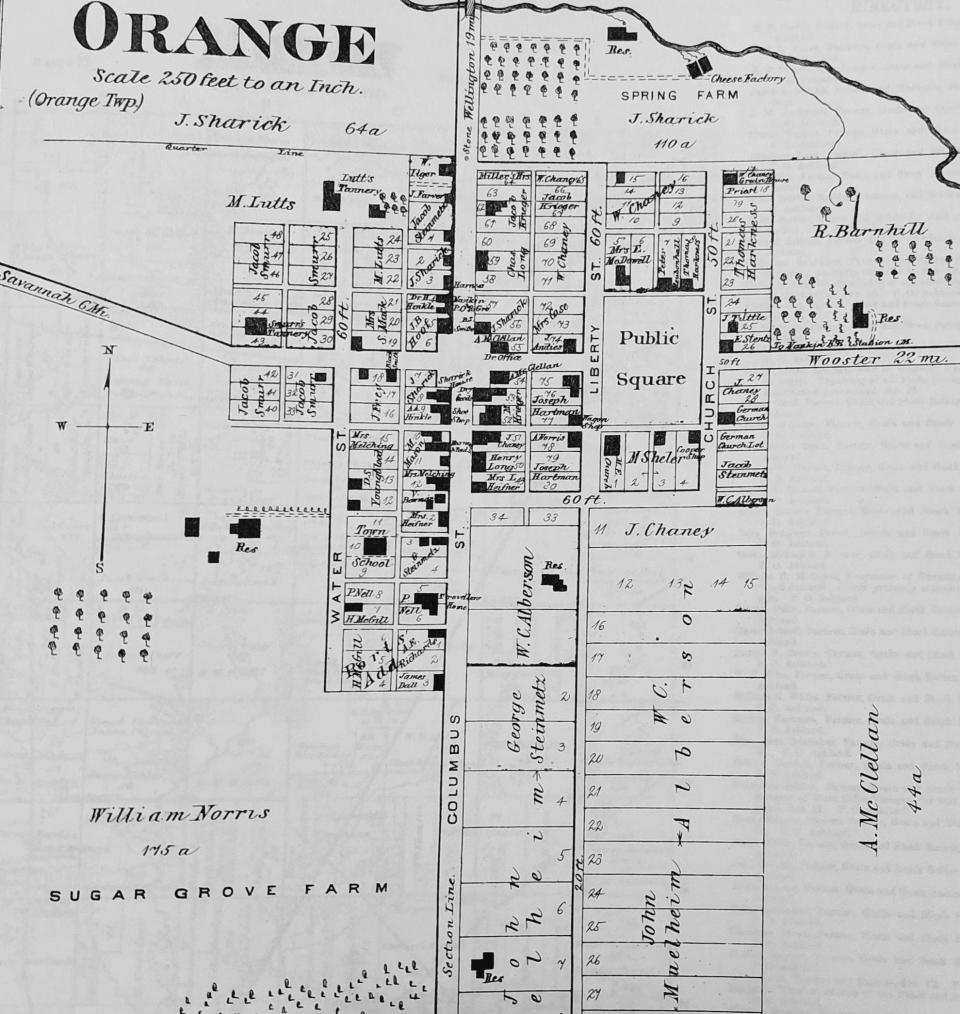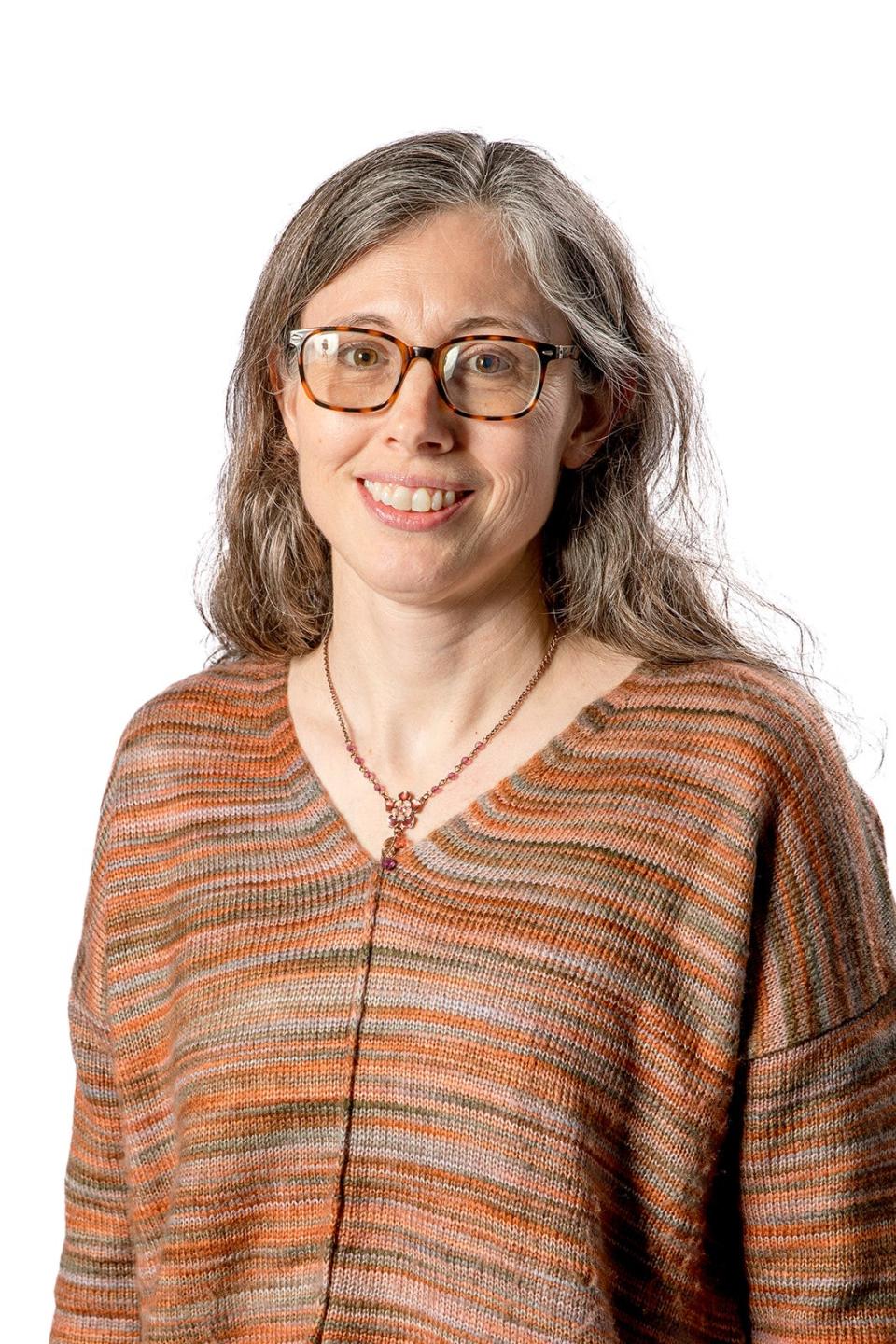Ashland Memories: A Village called Orange on the road to Nankin
If you were to have traveled north from Ashland on the Orange Road 150 years ago, you would shortly arrive at a thriving little village. It’s known now as Nankin, but in 1874 it was called Orange, and it was at the crossroads between Savannah, Wooster, Ashland and Wellington.
A square at that intersection served as a business district. The Sharick House hotel stood on one corner, with a shoe shop and a harness and feed store nearby. Across the way was Michael Krieger’s store. Krieger sold dry goods and groceries, hardware, boots and shoes, and “a general stock of all kinds of goods, at prices that defy competition or comparison.”
A doctor’s office was on the northeast corner of the square. This may have been Thornton P. Crowell’s office, as he was the town’s only physician and surgeon at that time. Dr. Henry Hinkle’s house was just north of the square, but he had retired by 1870.
Also north of the square was the post office and grocery. A nearby harness shop may have been where J.B. Hoot manufactured and repaired harness. He did work “with dispatch and neatness.”

Harness trade, Traveller's Home and 'Public Square'
Jacob Smurr also was in the harness trade. His tannery was relegated to the far west edge of town on the road to Savannah, probably because of the bad odor inherent in tannery work. Smurr would pay cash for pelts and hides, which he then turned into harnesses.
The main north/south street was called “Columbus Street.” Near the southern end was a hotel called Traveller’s Home, sheltered by a cluster of evergreen trees. Peter Nell was the proprietor, and according to the business directory, weary travelers would find “everything pleasant and home-like.”
East of the intersection along the Wooster road was a much larger “Public Square” that today is still a lovely green space in Nankin. In 1874, the public square was flanked by Liberty Street on the west and Church Street on the east.

German church, wagon shop, rail station
There was a German church on Church Street, at the corner of the square. This may be the St. Jacob’s German Reformed Church, which was built in 1853. There were quite a few German people living in the area.
Joseph Hartman’s wagon shop stood on Liberty Street across from the Methodist Church on the other corner. Hartman built carriages and farm wagons. Farther down the street was a cooper shop, possibly owned by the younger August Mechling or Michael Sheller, both of whom were coopers living in Orange around that time.
The railroad station was about a mile east of town on the road heading to Wooster.
Water Street formed the southwestern boundary of the village, a block west of Columbus Street. The village school stood on Water Street at that time.
In 1874, Miss Mattie Long taught the school. A few years later, she got married and her younger sister, Belle, took her place. They were daughters of Charles Long, who advertised as “one of the best Plasterers in the county.”
John Frey would do custom blacksmith work even at short notice, while John Trasey was a carpenter and joiner. John Muelheim also performed skilled work, advertising himself as the “fashionable tailor.”
John Sharick Jr., whose farm and residence was north of town, owned a cheese factory with machinery to deal with the milk of five to six hundred cows. In 1874, it was “for sale cheap.” Brunell Bolles might have bought it, as he owned it a few years later.
This article originally appeared on Ashland Times Gazette: Hotels, harness shop on road to Nankin via Orange in Ashland County

